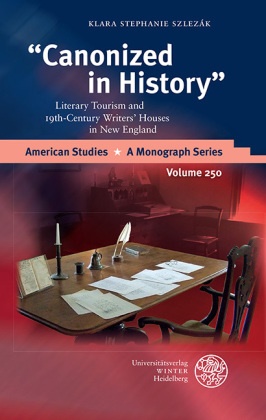Description
Product details
| Authors | Klara St. Szlezák, Klara Stephanie Szlezák |
| Publisher | Universitätsverlag Winter |
| Languages | English |
| Product format | Hardback |
| Released | 01.01.2016 |
| EAN | 9783825363475 |
| ISBN | 978-3-8253-6347-5 |
| No. of pages | 346 |
| Dimensions | 135 mm x 210 mm x 26 mm |
| Weight | 518 g |
| Illustrations | 56 farbige Abbildungen |
| Series |
American Studies / A Monograph Series American Studies American Studies - A Monograph Series American Studies |
| Subjects |
Humanities, art, music
> Linguistics and literary studies
> English linguistics / literary studies
Amerikanische Literatur, Populäre Kultur, Dickinson, Emily, Melville, Herman, Neuengland, Vereinigte Staaten von Amerika, USA, Gedenkstätten, Nationalliteratur, Regionalliteratur, Kollektives Gedächtnis, Musealisierung, Longfellow, Henry Wadsworth, Literaturtourismus, American Renaissance, Schriftstellerhäuser |
Customer reviews
No reviews have been written for this item yet. Write the first review and be helpful to other users when they decide on a purchase.
Write a review
Thumbs up or thumbs down? Write your own review.

